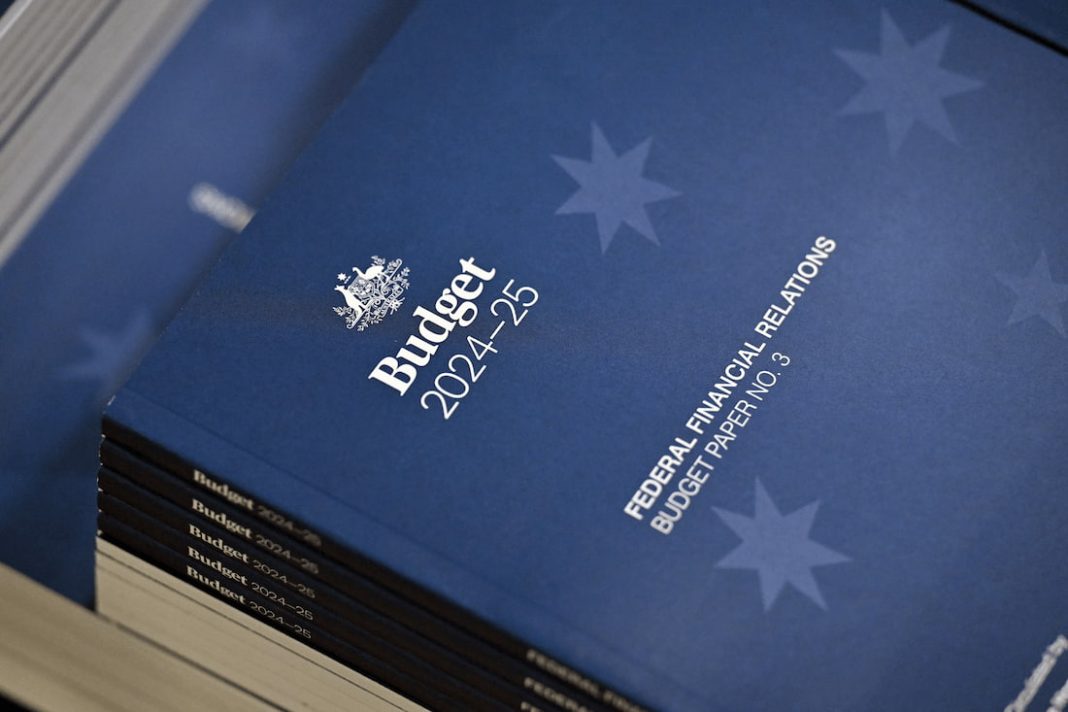Energy and climate issues were front and central in the latest Commonwealth budget.
The government announced that taxpayers will plough $22.7 billion into Labor’s ‘Future Made in Australia’ agenda. That funding is also intended to help “unlock greater private investment”, which detractors say in reality invites an even greater wasteful use of funds. The policy focus is on eliminating coal and other fossil fuels by fostering five priority areas: green hydrogen, critical minerals, green metals, low carbon liquid fuels, and clean energy manufacturing.
In the past, we have seen governments seeking to build local industries which have proven successful overseas – largely by using import tariffs. Although few such attempts have flourished, the Commonwealth’s plans take this to a new level of ambition because they foster industries with no previous track record. The Opposition has said it would cancel the $13.7 billion in subsidies for green hydrogen and critical minerals.
The new funding adds to other measures that are intended to supplant coal (which even after two decades of hostile government policies still provides over 60 per cent of the nation’s electricity). It builds upon taxpayer support and requirements on consumers to subsidise, in their electricity bills, increasing proportions of wind and solar.
A recent addition has been the Orwellian-named Capacity Investment Tenders, under which the government offers contracts for renewable energy to supplant coal (which unlike intermittent wind and solar actually provides stable capacity). The UK has such schemes already in operation offering £102 and £89 per megawatt hour for offshore wind and solar respectively; current UK market prices are £52 per megawatt hour – like those of Australia, they have been driven up by renewable energy regulations.
CSIRO maintains that wind and solar are already the cheapest form of energy supply. This might be expected to be the case with the cost of solar modules having fallen from $100 per watt to 20 cents per watt over the past 50 years.

And yet solar, like wind facilities, required ever more subsidies as evidenced by the measures in the latest budget. These energy sources are just too unreliable and require very expensive support in new transmission lines and batteries (including Snowy 2, which is now to cost at least tenfold what Malcolm Turnbull said it would be in 2018). Indeed, one irony is that although the Commonwealth and other governments undermine the commerciality of coal facilities to force their closure, in NSW and Victoria they also provide discrete handouts to ensure they remain open!
In addition to subsidies renewable energy receives, rooftop panels increase overhead costs to other users by displacing centrally dispatched electricity. Californian estimates are that this amounts to some $300 per year. Rooftop panels over-supply the grid during the daytime. Recognising the costs from this, Ausgrid and other network businesses are soon to charge customers for exporting into the grid at these times.
It has to be remembered that all these measures stem from the concerns about fossil fuel emissions having a global warming and hence climate change effect. This is hyped by interested parties whenever there is seemingly unusual weather episodes of rain or drought, wind or lack of wind. Whether human-induced climate change is apocryphal or real, Australia can have no effect in abating greenhouse gases. Our 22,000 megawatts of coal capacity is barely one per cent of the world’s total. Some countries, in what used to be called the Third World, are growing rapidly because they are taking advantage of coal, the cheapest source of power, to drive that growth. China alone has 50 times Australia’s coal generating capacity and has plans for additional supplies of 267,000 megawatts, 12 times the total Australian coal generating capacity. And India, with 10 times as much current coal capacity as Australia, is planning new capacity twice as large as Australia’s. Australia’s politicians wish to drive the economy into a new nirvana that, based on speculative technologies, will replace fossil fuels that have been the bedrock of modern living standards. Politicians have always proved themselves ill-suited to promote economic growth by targeting particular industries. It is inconceivable that this could succeed with a simultaneous selection of yet-to-be invented technologies. Directing limited investable capital into such ventures while organising a synchronised closing down of existing coal plant – the technology driving growth of the currently most successful economies – is a recipe for government-induced economic ruin.
Editor’s note: Dr Alan Moran was the Director of the Deregulation Unit at the Institute of Public Affairs from 1996 until 2014 and was previously a senior official in Australia’s Productivity Commission and Director of the Commonwealth’s Office of Regulation Review. He played a leading role in the development of energy policy and competition policy review as the Deputy Secretary (Energy) in the Victorian Government.


